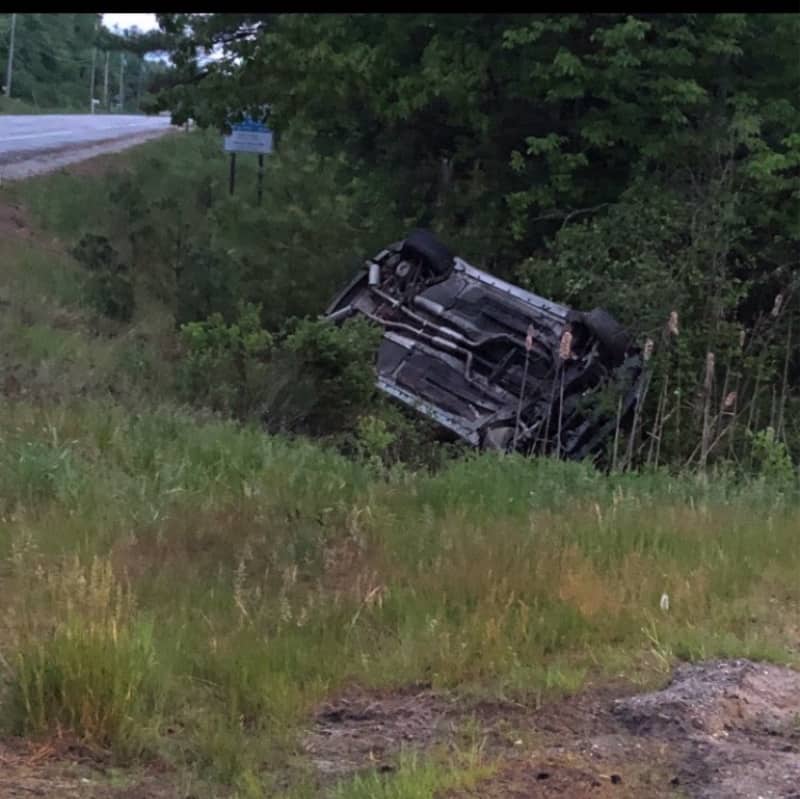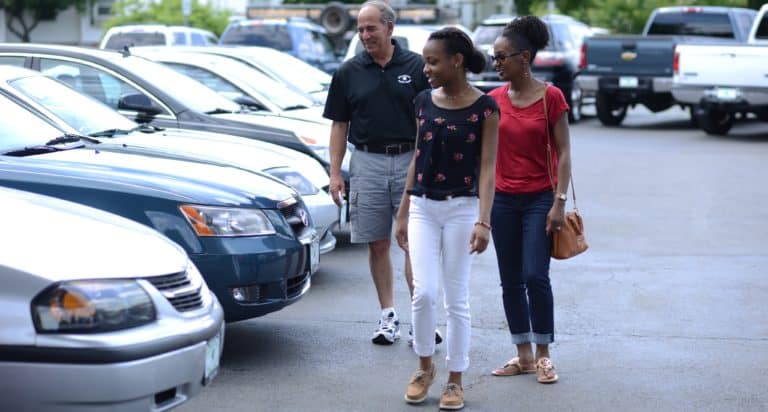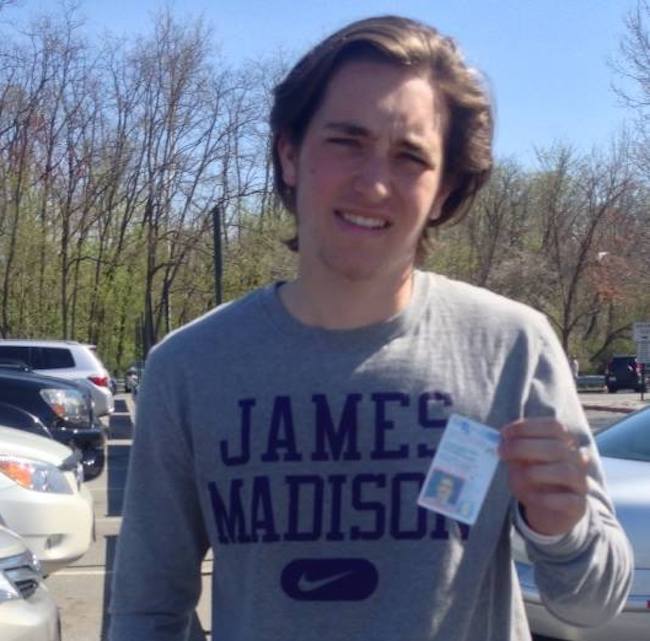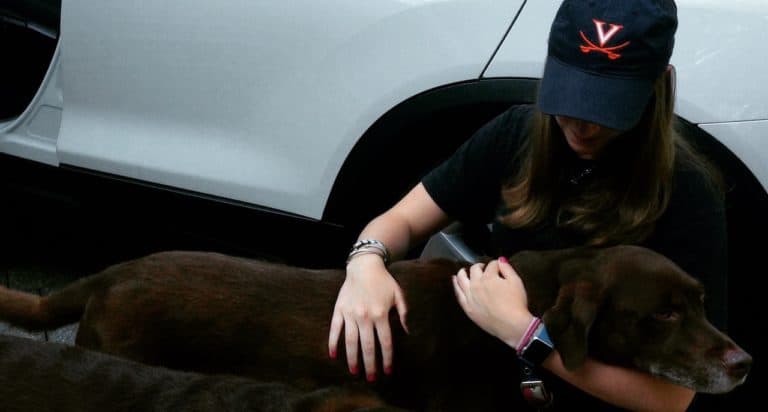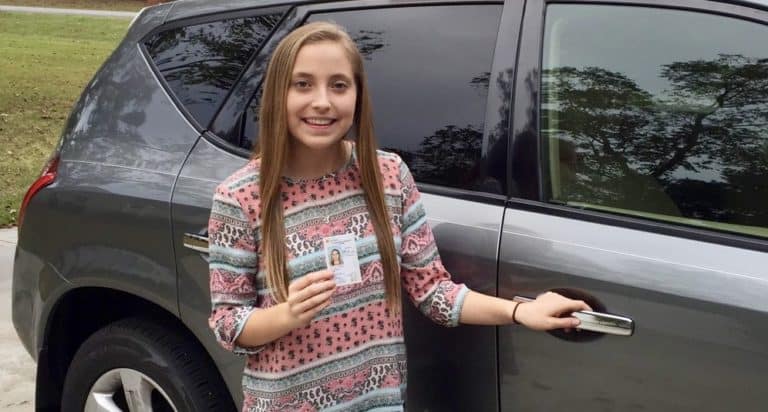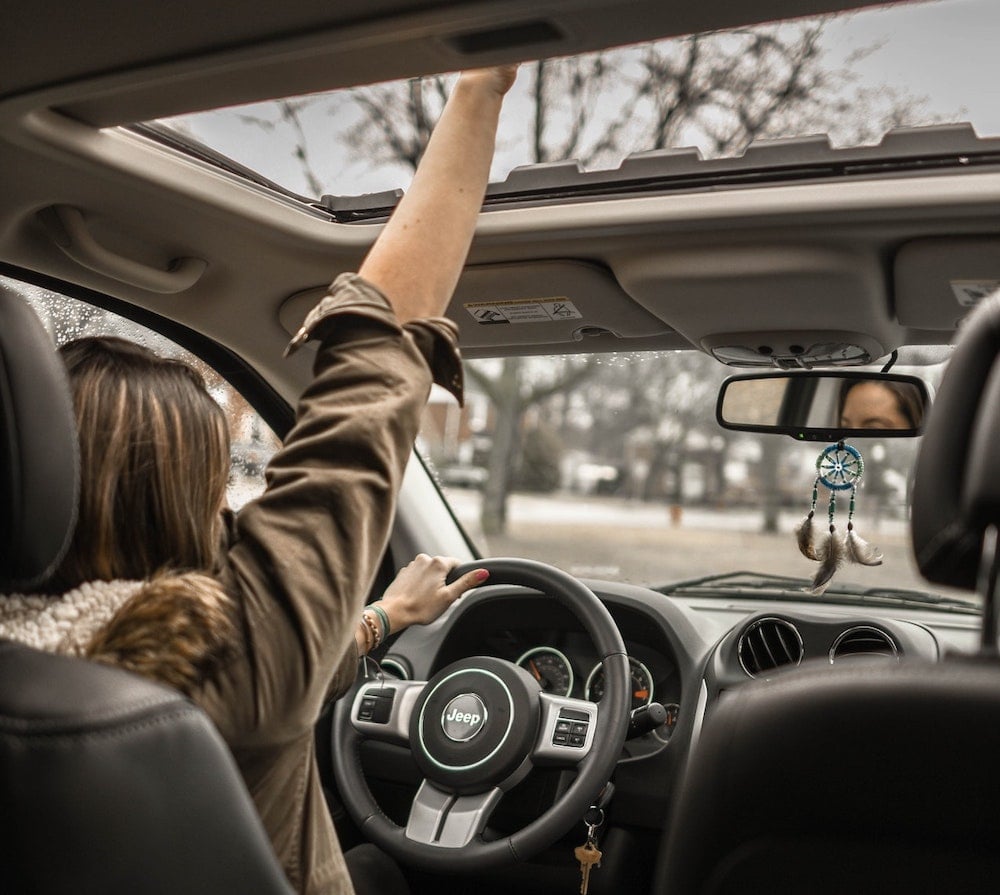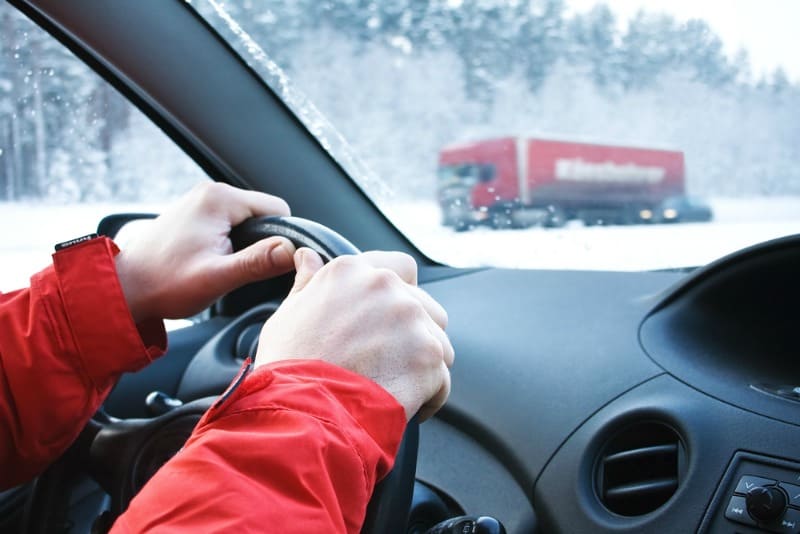I turned 16 in 1988, and like many teens in the 1980s (and many decades prior), getting your driver’s license on the day you turned 16 wasn’t the exception, it was the absolute rule. There was no delaying it for one single day. You were there when the doors of the DMV opened on your birthday, then a few hours later, you were cruising to the closest McDonald’s, experiencing that first sweet taste of total independence and pure freedom.
What Happened to Teen Driving Culture?
Teen driving culture has shifted dramatically over the last several years and for various reasons, some duly justified and some just a matter of a teen’s disinterest. The housing bust and following recession brought tight purse strings when it came to having to buy a car for a teenager, and increasing car insurance rates added to an already out-of-reach expense for many.

Add to that some technological gains — think smartphones and FaceTime, and teenagers today have no need to hop in their cars to find friends, parties, or hang out when they can do all of the above from the comfort of their own bedrooms.
Finally, in many states, budget cuts force the total deletion of high school driver education programs, offering only “online” versions of the class. (Also, how do you learn to drive online?) But ironically, because so many students would rather replace a driver’s ed elective course with an AP class anyway — because they’re on the fast (and non-driving) track to college, most teens don’t even notice or care.
Their schedules are too filled up anyways, and who has time to learn to drive when you already have 18-hour days? The bigger question may be, who needs to learn how to drive when moms and dads are more than willing to taxi our teenagers everywhere anyway?
Teens Are Taking a Longer Time to Learn Life Skills, Like Driving
But there’s also something else: educators and adolescent psychologists notice and refer to it as “a delay in both the responsibilities and pleasures of adulthood or a slow-life strategy.” In other words, today’s teens are taking longer to do certain things that we did at more age-appropriate times, driving is a big one.
Even with graduated licensing programs commonplace across the country, where nervous new drivers are required to complete a year or more of driving with an adult before getting a license to drive solo, teens are still delaying the whole process.
Parents with reluctant drivers say their teens are expressing they just don’t feel “ready” or “comfortable” driving yet, and they’re also using words like “anxious,” “panicky,” and “scared” when referring to getting behind the wheel. These same worried and concerned parents don’t want to put hesitant teens who lack driving confidence into cars because of the myriad of potential dangers that would bring, so many are content with playing taxi service until their teens are finally 100% ready.
Unfortunately, this could mean they’re continuing to chauffeur throughout all of high school and even beyond, schlepping kids to school, jobs, sports, even dates, and all at a time when those same teens should be beginning the natural process of doing more independent and freedom centered activities —which by definition includes the very necessary adult skill of driving.
But do we wait patiently (and as long as it takes) until they say they’re ready to drive? Do we gently nudge and encourage them, making them practice driving with us occasionally, but still allow them to delay getting a license to drive solo, only doing so on their timeline?
Or do we push them out of the safety driving nest, so to speak, in much the same way we did when we removed training wheels from bikes, took floaties off in swimming pools, or pushed scared and crying kindergarteners into classrooms? We weren’t being callous then, we were encouraging and cheering them on. Still, in a way, we were forcing them to do something they didn’t feel comfortable doing because sometimes that’s what we do as parents, especially when we’re trying to raise capable adults.
Laura Adams is a safety and education analyst for driversed.com, and she has a few suggestions on how to handle reluctant teen drivers and how parents can safely get them on the road and out of the passenger seat.
She says that today’s teens are lacking many of the incentives we had as teenagers to drive, including the need to socialize in person with their peers and get there by car because social media is now the conduit for hanging out. Ride-sharing services like Uber and Lyft are also growing popular with teens, who can easily group up and share the costs of rides to movies, etc.
She also believes that teens are inundated with only the “dangers” of driving, particularly smartphone use and driving, so many are harboring irrational fears about it instead of seeing any positives driving can offer them. She suggests parents make concerted efforts to make driving more interesting and non-threatening and states,
You don’t want to force a child who isn’t ready, but at the same time you can show teens the dangers and be a good role model for them about the freedoms and fun driving affords us.
Adams also suggests using a third-party driving instructor, either a professional, relative, or family friend, because nervous teens often do better-taking guidance and instruction from someone they see as less threatening than a parent.
There is no right or wrong answer to when and how a teen should start driving because each enters the driving years with a different set of capabilities and characteristics that may make one eager to get their license on their birthday and another with absolutely zero interest in driving at all. But whenever and however parents decide to get their teens on the road should remain the family’s choice and the one that is right for them.
You Might Also Enjoy Reading:
